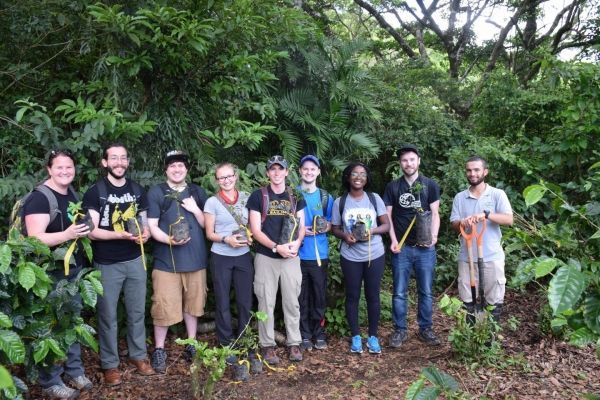The U.N. and other international organizations agree that forest restoration is a critical part of the collective global effort to combat climate change, reduce extinctions, and improve the lives of people in rural communities. Dozens of nations have pledged to restore 230 million hectares of forest so far as part of projects such as the Bonn Challenge and REDD+. The Bonn Challenge goal is to restore 350 million hectares by 2030.
The leaders behind this work agree that ambitious goals are important if humanity is going to avoid the worst effects of climate change. However, a new paper in Conservation Letters has generated the first comprehensive data set that describes how countries are doing so far—and it’s not looking good. The paper looked at 62 countries that have made restoration commitments, and reports that 54 percent of the Bonn Challenge’s goal area for 2020 has not yet been pledged. It then digs into the data to understand why some countries are doing better than others, and what could help those that are struggling.
Aiming high
The authors found that most of the gap between goals and reality exists in the global South, a group of nations generally south of the equator previously referred to as developing countries. These are also the countries that pledged to restore the greatest amounts of land, the paper reports. For example, Rwanda pledged to restore 81 percent of its total land area, and Burundi pledged 79 percent. One-third of the countries pledged greater than 10 percent of their total area, which would require significant shifts in land use and food production.
The authors hypothesize multiple reasons for the large pledges from global South countries. “It could be that global South countries are more aware of the risks they face from climate change, and are therefore more interested in doing something about it,” says Matthew Fagan, assistant professor of geography and environmental systems at UMBC and lead author on the paper. “They also generally have lower labor and land costs, making it easier for them to do restoration.” On the other hand, they could be trying to access more dollars from international donor organizations to reach these aspirational goals, or could have underestimated the challenges of restoration at that scale.
Read more at University of Maryland Baltimore County
Image: UMBC faculty members Maggie Holland (far left) and Lee Blaney (second from right) are ready to plant trees at a coffee plantation in Costa Rica. This kind of community-engaged work is critical to enhance rural livelihoods, combat climate change, and preserve biodiversity. (Credit: Courtesy Maggie Holland)


